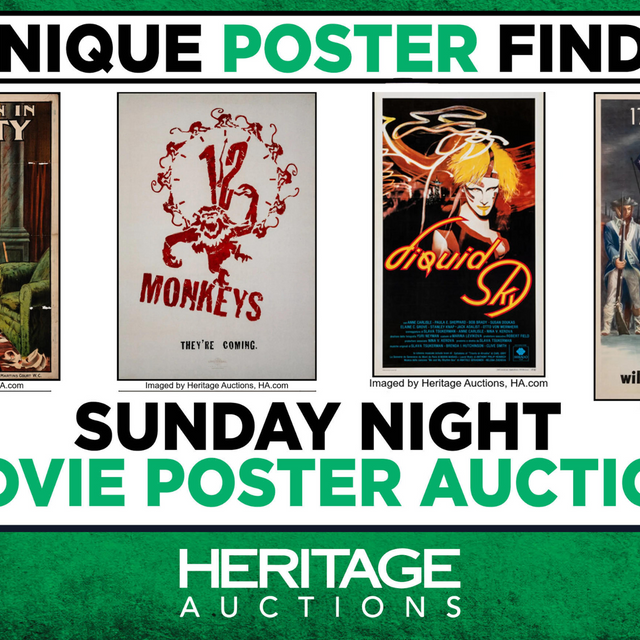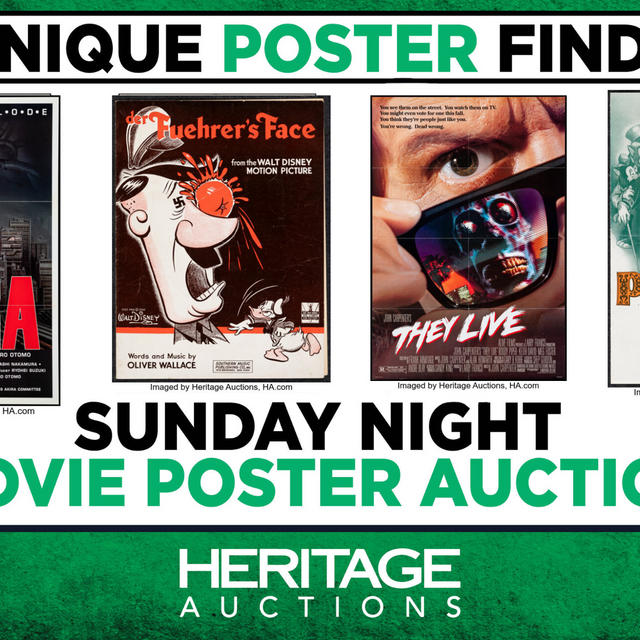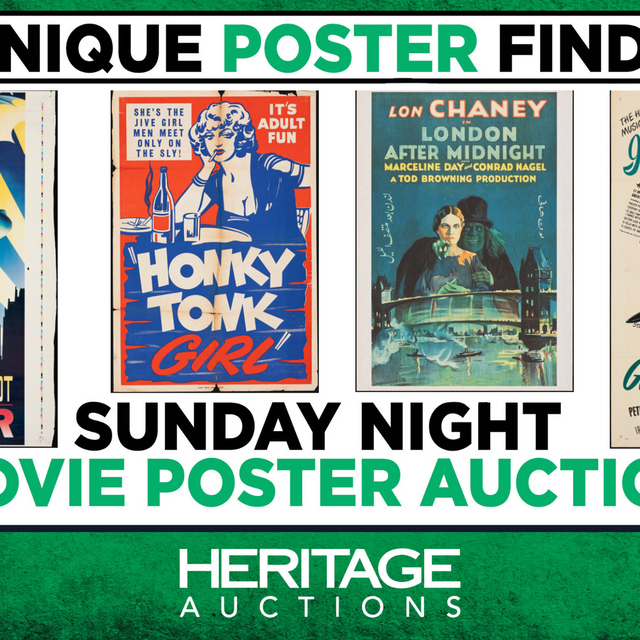 The art of Rick Griffin is nothing short of groundbreaking. His psychedelic concert posters include some of the most iconic and interesting pieces of the era. Griffin's posters are also among the most sought after and are incredibly important in the world of collectibles. Here's a look at his life, work, and legacy.
The art of Rick Griffin is nothing short of groundbreaking. His psychedelic concert posters include some of the most iconic and interesting pieces of the era. Griffin's posters are also among the most sought after and are incredibly important in the world of collectibles. Here's a look at his life, work, and legacy.
Surfing, Comics, and Early Posters 
As a Southern California native, Rick Griffin began surfing at a young age. This hobby is what initially inspired his art. In high school, Griffin designed a surfing character called "Murphy", who became part of a comic strip in Surfer Magazine. This was the start of his art career. Surfing and comics served as constant inspiration for Griffin's work throughout his life.
 While attending art school, Griffin became involved with the Jook Savages, a jug band, and group of artists. This group led him to move to San Francisco in 1966, where he became involved in the hippie counter culture movement. The first poster he designed was for the art show put on by the Jook Savages that same year. In January of 1967, Griffin produced the poster for the Human-Be-In event in Golden Gate Park. This event is credited for ushering in the summer of love, which occurred later that year. He then began to design concert posters for The Family Dog.
While attending art school, Griffin became involved with the Jook Savages, a jug band, and group of artists. This group led him to move to San Francisco in 1966, where he became involved in the hippie counter culture movement. The first poster he designed was for the art show put on by the Jook Savages that same year. In January of 1967, Griffin produced the poster for the Human-Be-In event in Golden Gate Park. This event is credited for ushering in the summer of love, which occurred later that year. He then began to design concert posters for The Family Dog.
Rick Griffin's Iconic Art Style

Rick Griffin's work became essential to both the Family Dog and Bill Graham's numbered series. His posters advertised shows by legendary artists including Jimi Hendrix and The Grateful Dead. Griffin pioneered a unique lettering style, inspired by both an interest in comics and a fascination with the Old West. His unforgettable imagery was influenced by many things including his ongoing love for surfing and Native American culture.
 Griffin's most sought after poster is likely the BG-105, which advertised a string of Jimi Hendrix shows in 1968. This piece features the flying eyeball, a legendary Griffin image. Eyeballs appeared frequently in his art, likely due to the fact that he nearly lost his eye in an accident during his youth. Griffin was also responsible for designing the Grateful Dead's "Aoxomoxoa", a piece initially designed as a poster that the band liked so much that they used it as the cover for their third album. He subsequently began to design more album covers. Griffin's unique artwork also led him to create the original logo for Rolling Stone magazine.
Griffin's most sought after poster is likely the BG-105, which advertised a string of Jimi Hendrix shows in 1968. This piece features the flying eyeball, a legendary Griffin image. Eyeballs appeared frequently in his art, likely due to the fact that he nearly lost his eye in an accident during his youth. Griffin was also responsible for designing the Grateful Dead's "Aoxomoxoa", a piece initially designed as a poster that the band liked so much that they used it as the cover for their third album. He subsequently began to design more album covers. Griffin's unique artwork also led him to create the original logo for Rolling Stone magazine.
Because his art style is so iconic, it's fairly easy to spot a Rick Griffin poster. His skulls, surf imagery, beetles, and eyeballs are quite recognizable, especially when paired with his use of vivid colors and distinctive lettering style. Aside from concert posters and rock art, he was also a successful cartoonist and was selected by Robert Crumb to contribute to Zap Comix, which his art is said to have inspired.
Griffin's Lasting Impact 
Rick Griffin's art remains impactful today. Although he died in 1991 at the age of 47, his legacy lives on. His art has inspired countless artists today and has appeared in numerous museums and galleries across the world. It's impossible to have a complete collection of concert posters today without including at least a couple of Griffin's incredible pieces.


